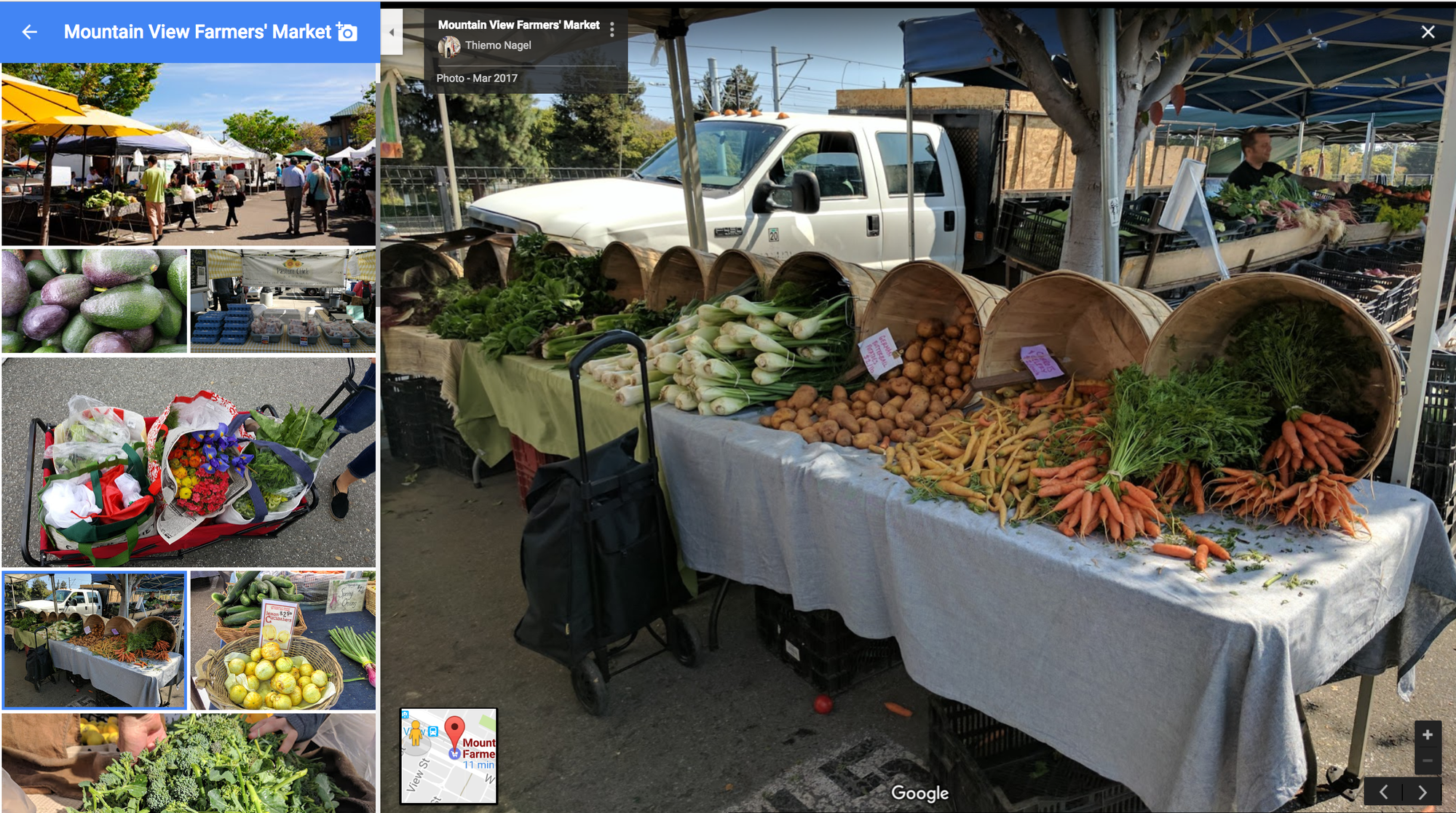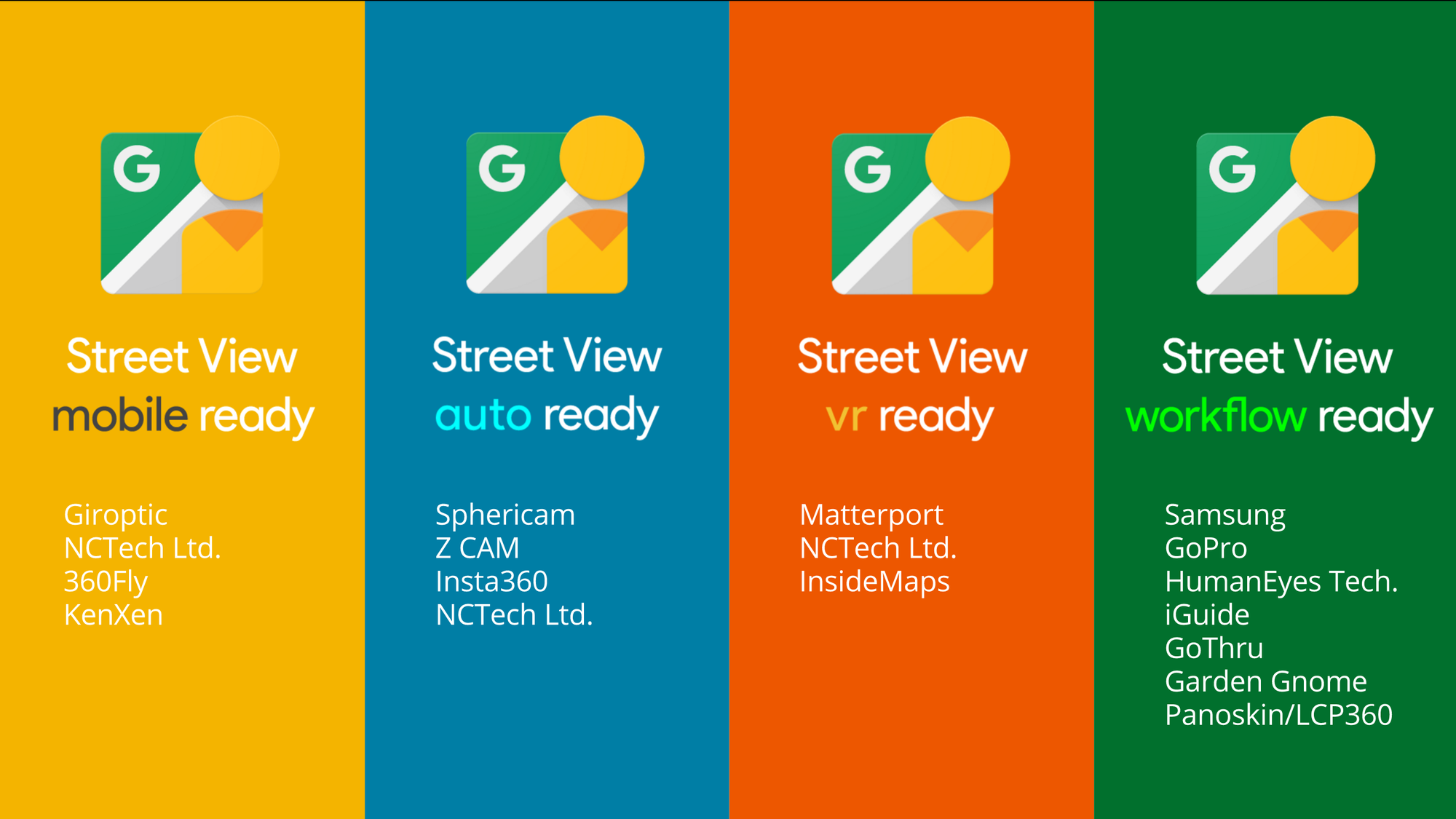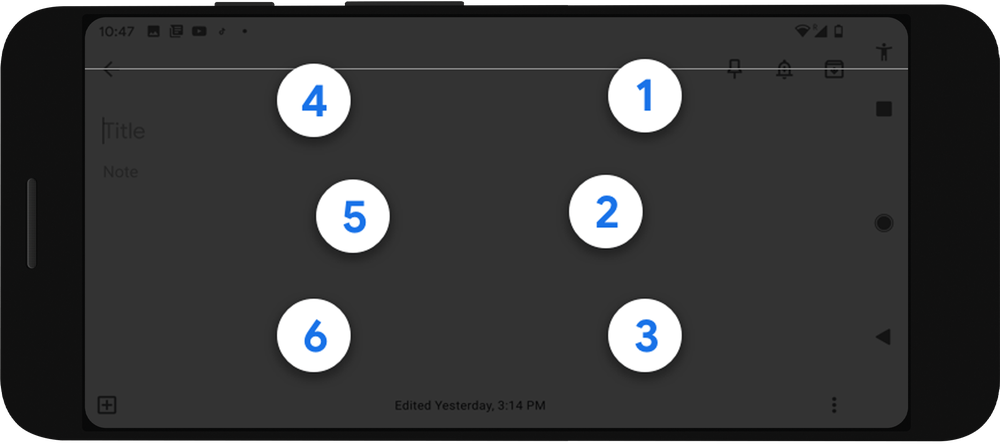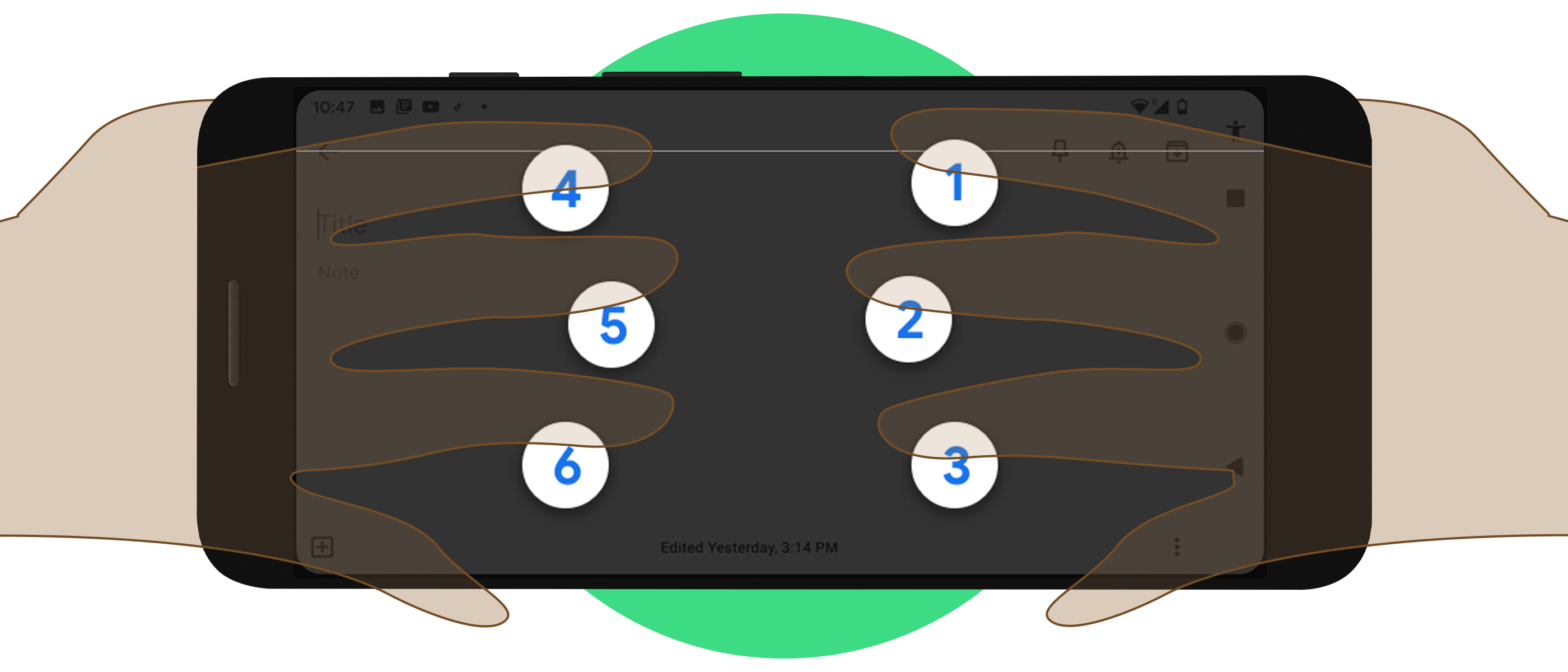During these difficult times, it’s important for us to continue to connect with each other and feel part of our wider communities, even from home.
While some faith organizations have used digital tools to connect with their congregations for many years, this year’s broadly mandated orders to stay home will make it essential for churches, synagogues, mosques, families and individuals to find new ways of coming together, online.
The shift has already begun - since the start of March, the combined subscribers of all Vatican News channels has more than doubled.
To assist faith organizations everywhere who are new to online services, YouTube has brought together helpful information to get started with live streaming. Please visit our Playlist and Help Center for best practices, or check out instructions for hosting a live stream event either from a mobile device or desktop.
African artists are also joining this special weekend of music and celebration. We invite you to join top African artists like Jethro Tait, Joeboy, King Perry, and Nasty C as they make music and chat with fans. As it is Easter weekend, gospel music lovers can join special performances hosted by top African gospel artists such as Benjamin Dube, Folabi Nuel, Glowreeyah, Mnqobi Nxumalo, Mthunzi Namba and Nosa, . Please visit goo.gle/stayhomewithme for the complete schedule and YouTube livestream links.

For those celebrating Good Friday and Easter, many churches are hosting live streams for their local congregations, so please check in with your church. The Vatican will live stream all of its Holy Week services from St. Peter’s Basilica, including Easter Sunday mass at 9AM GMT
Renowned opera singer Andrea Bocelli will perform live at 5PM GMT on Sunday, April 12 from Milan’s historic Duomo Cathedral, available exclusively on YouTube. The concert entitled, “Music For Hope,” will represent a message of love, healing and hope to Italy and the world. The Duomo, currently closed, will open its doors exceptionally for Andrea Bocelli who will be accompanied only by the cathedral organist, Emanuele Vianelli, playing one of world’s largest pipe organs. The “Music For Hope” trailer can be seen here.
We’ll have more to share in the next few weeks about upcoming Ramadan celebrations.
We wish safe and healthy holidays for faith communities across the world.
-- The YouTube Team




